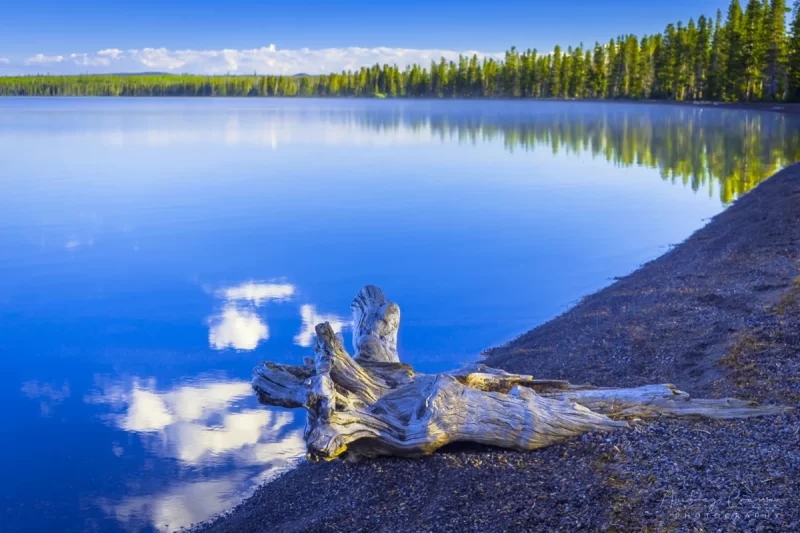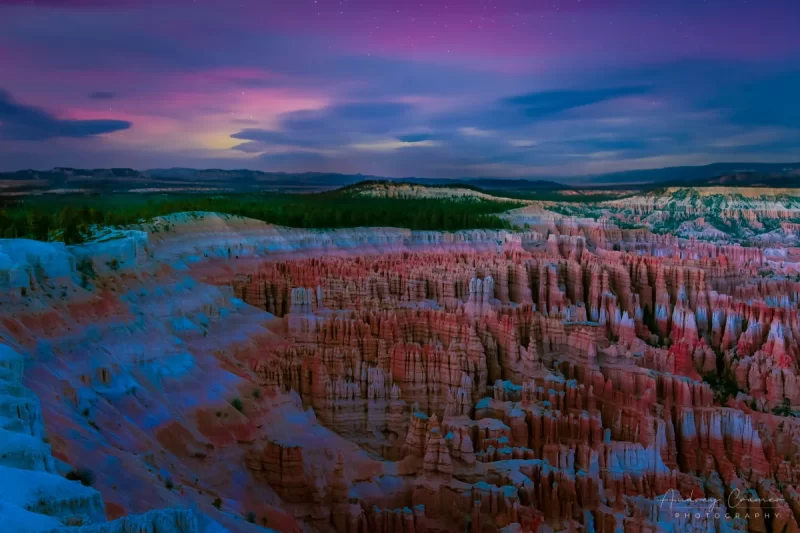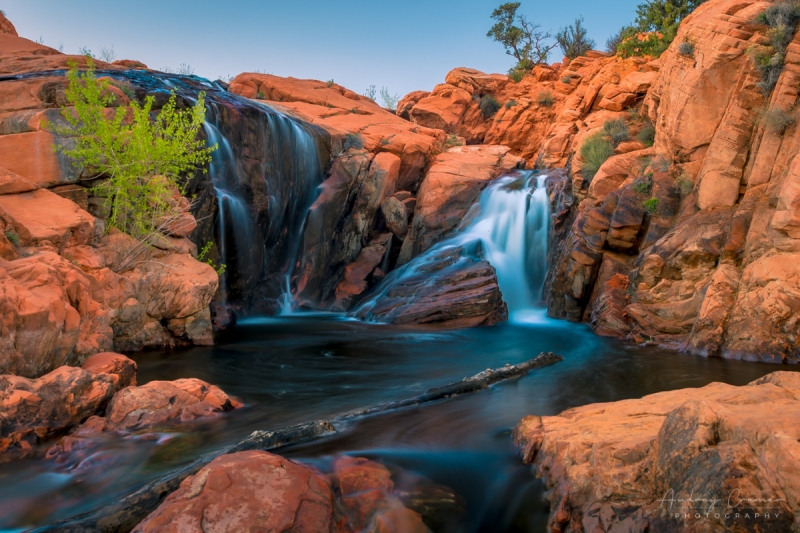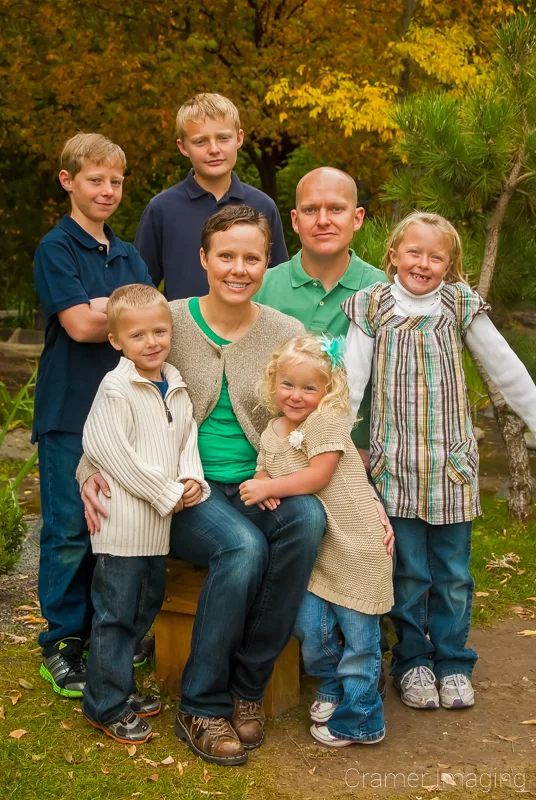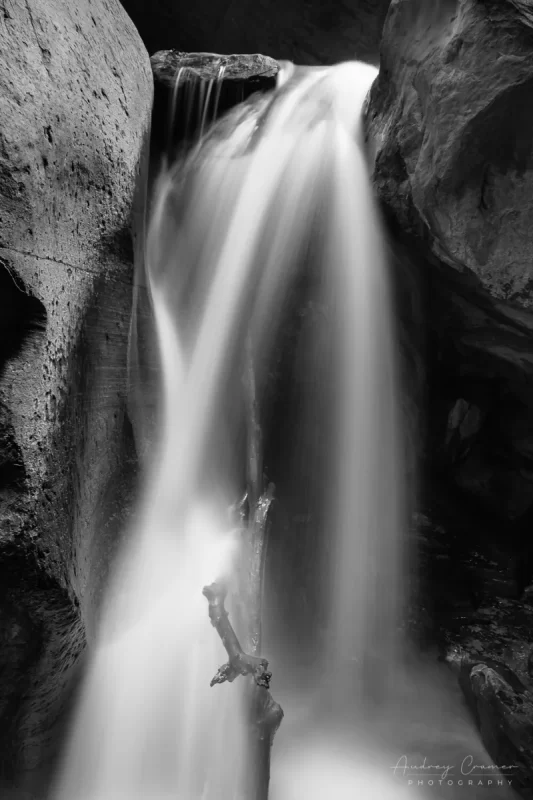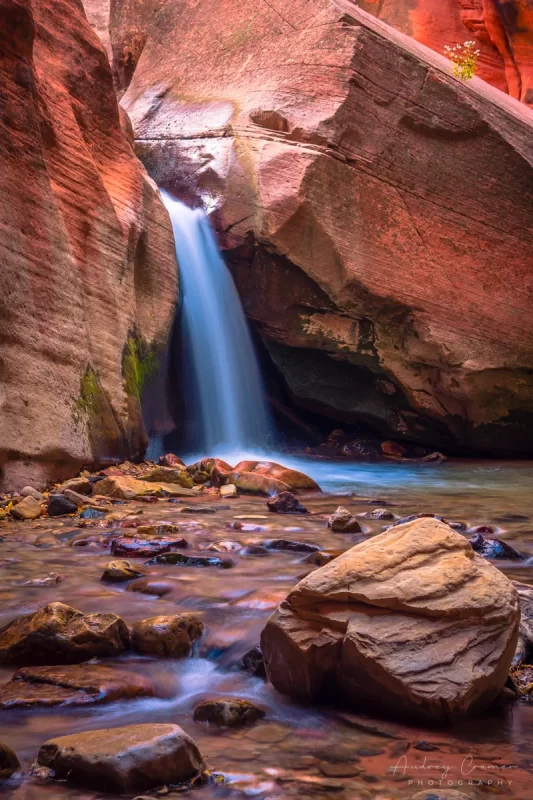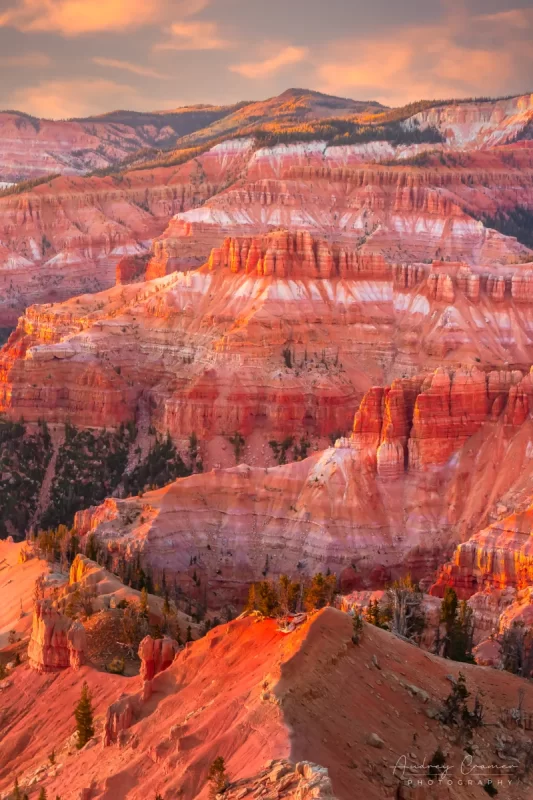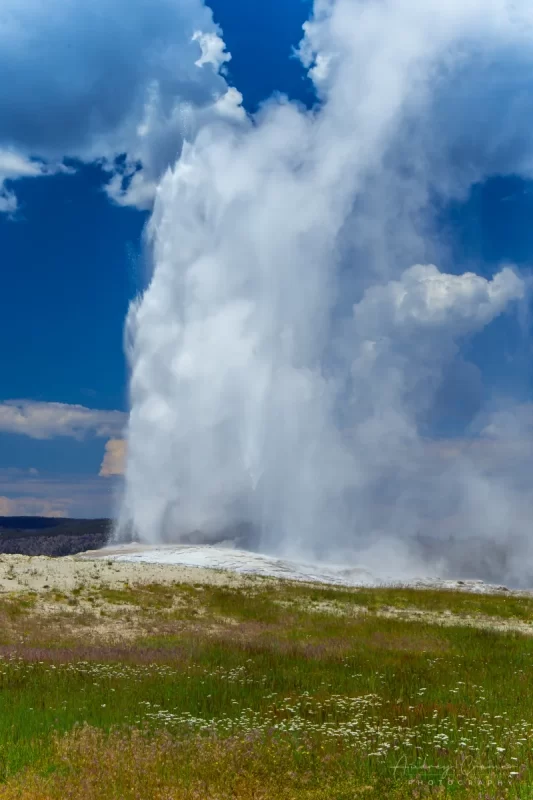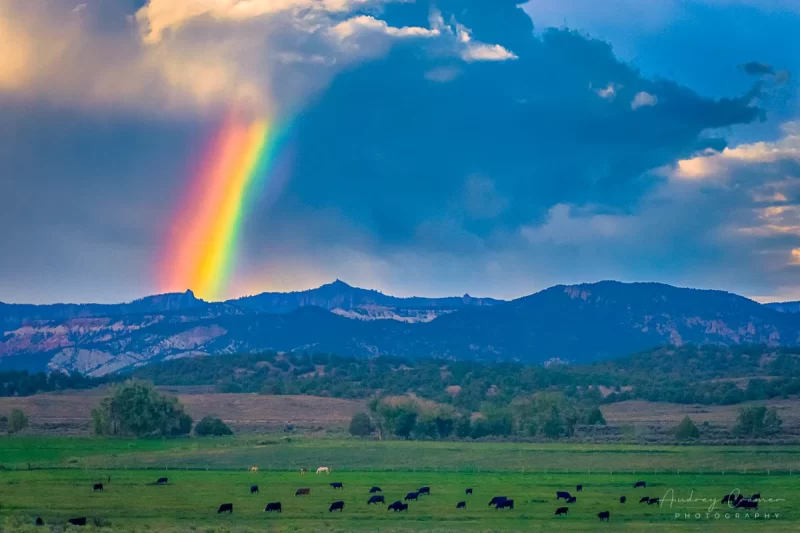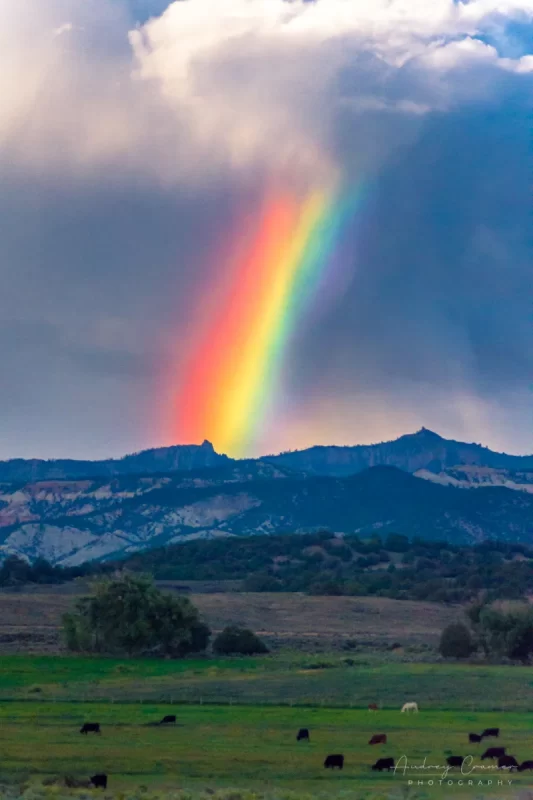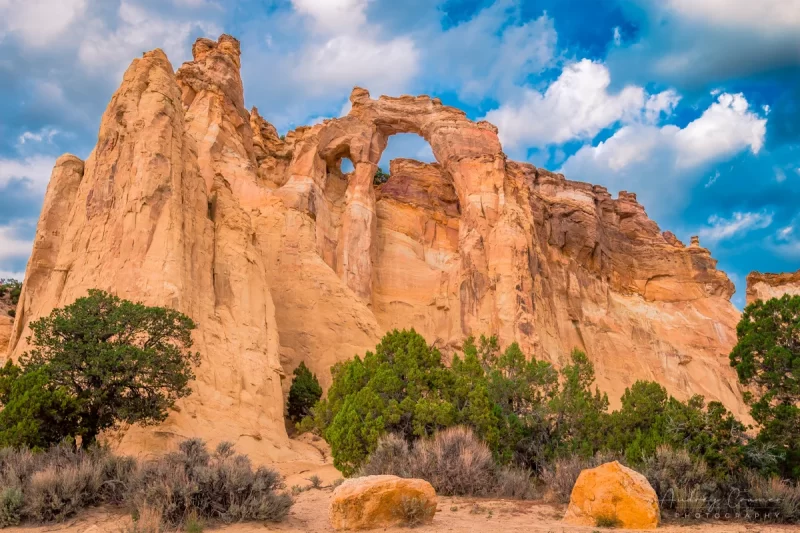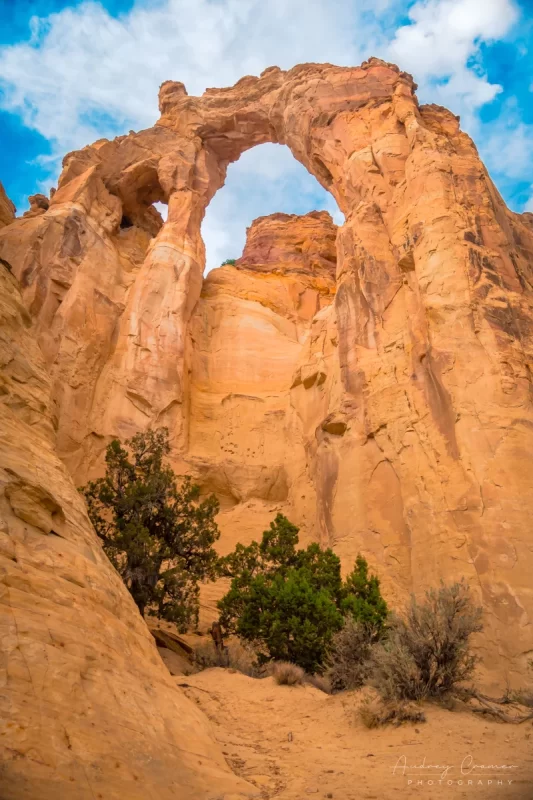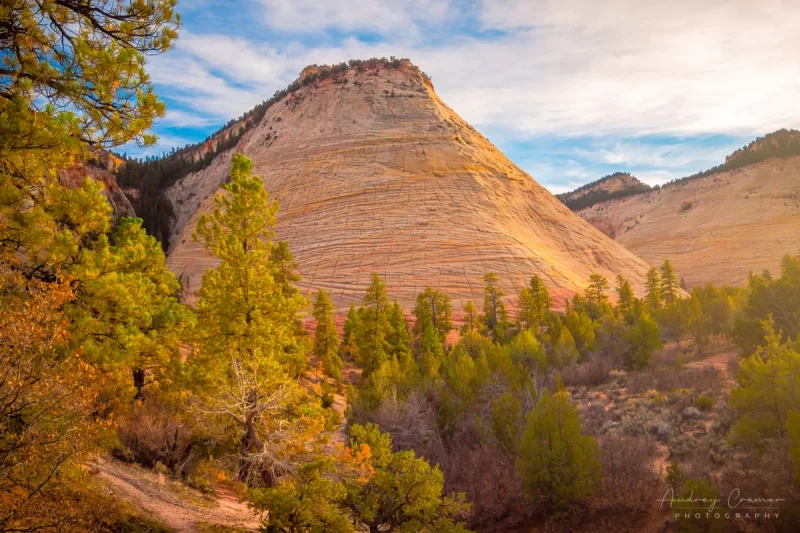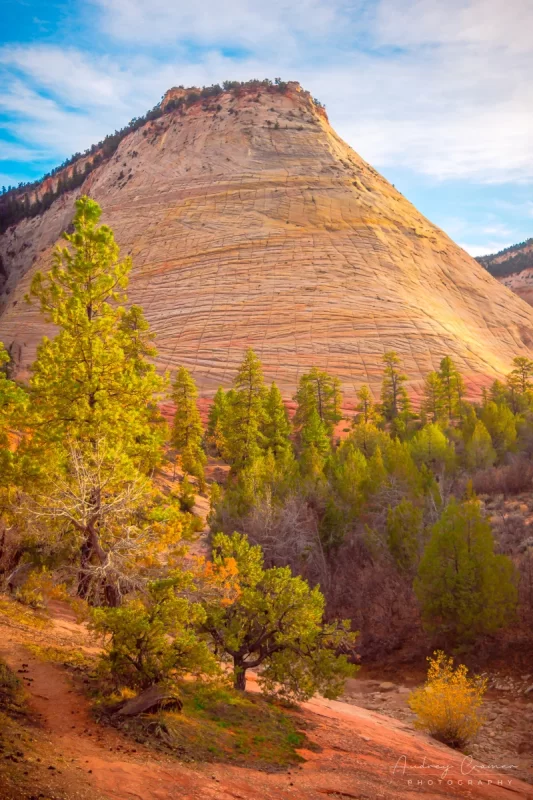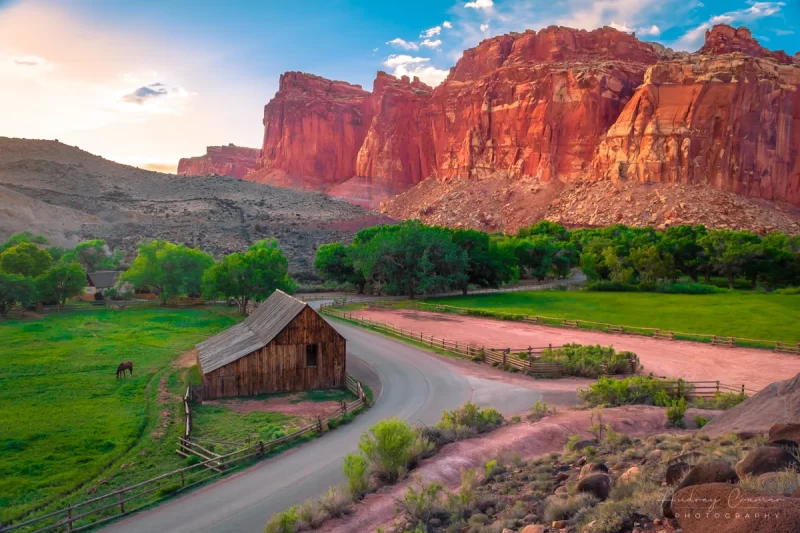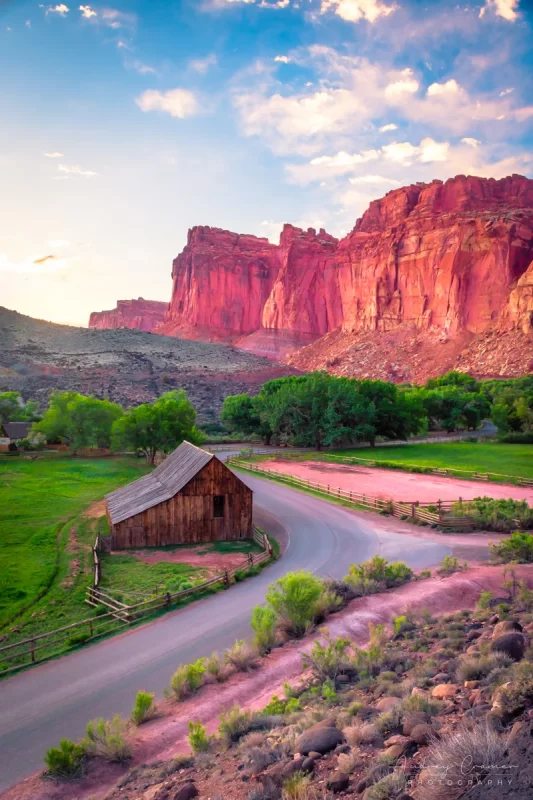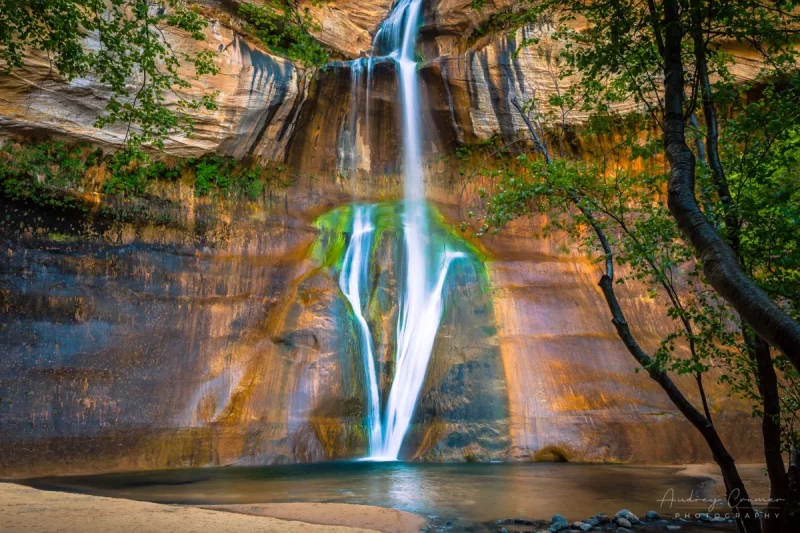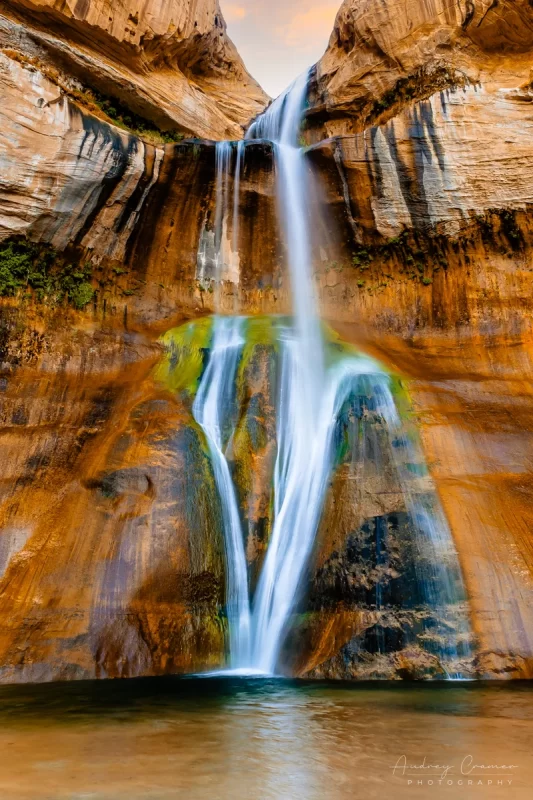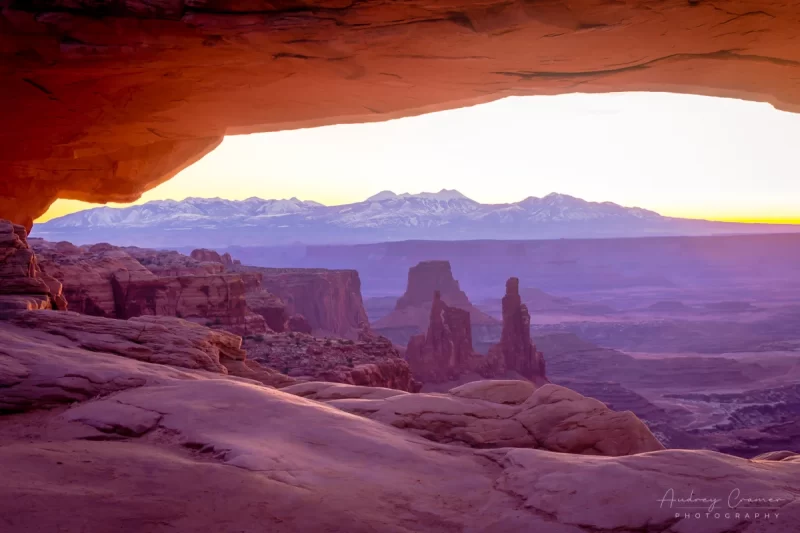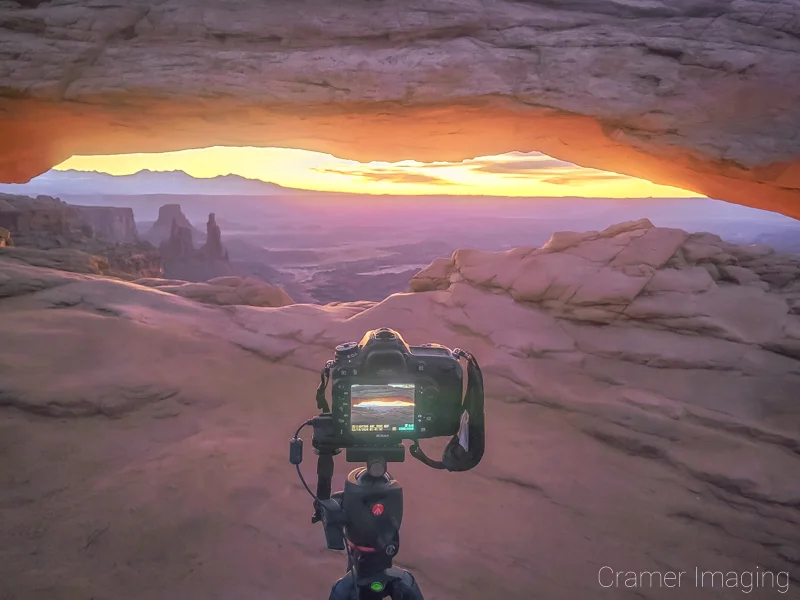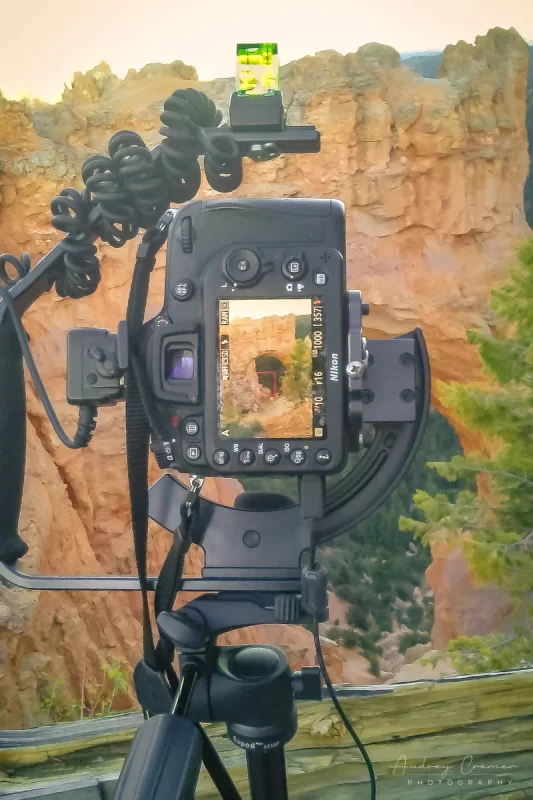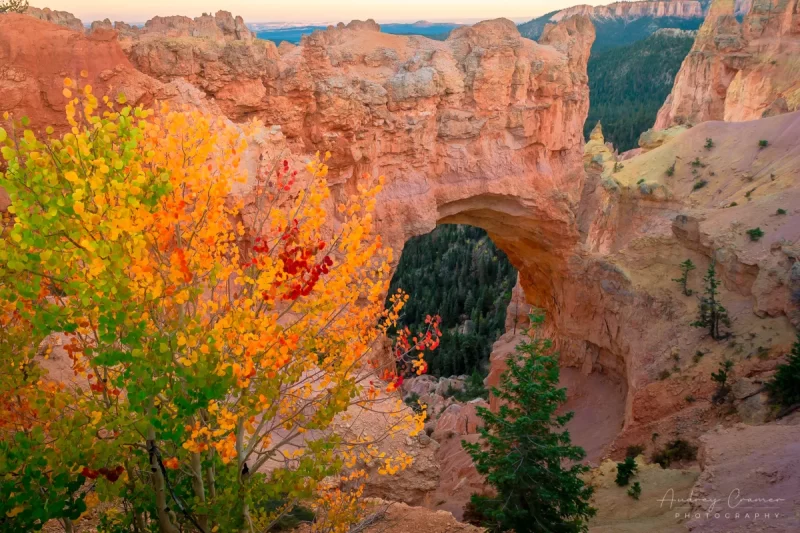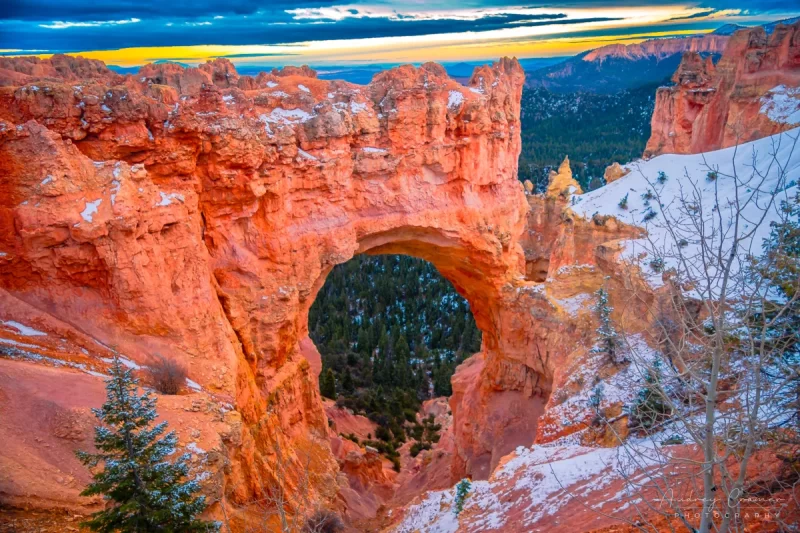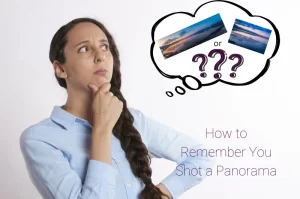Many versions of modern cameras offer the chance to frame a scene in front of you in a rectangular format. You can run into square format cameras, but the rectangular format is common and popular. So, with this format, you can choose between shooting a wide rectangular or a tall rectangular photo. It’s simply as easy as turning the camera on its side. Since this is so easy to do, perhaps you might wonder when you should shoot in landscape (wide rectangle) or portrait (tall rectangle) orientation. Today, we’re discussing landscape vs. portrait orientation photography.
The Benefits of Landscape Orientation
Sometimes, you will come across a beautiful wide scene which you want to photograph. Alternatively, you might find yourself in front of a large group of people you want in a single frame. There are plenty of different scenarios which would also fit here. The point is that you might want to include more horizontal real estate in your photo. This is when you will want to shoot in landscape orientation.

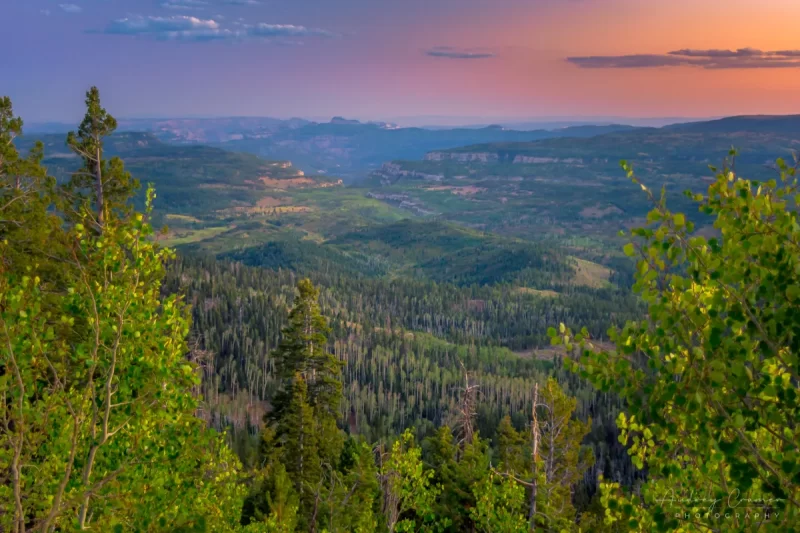
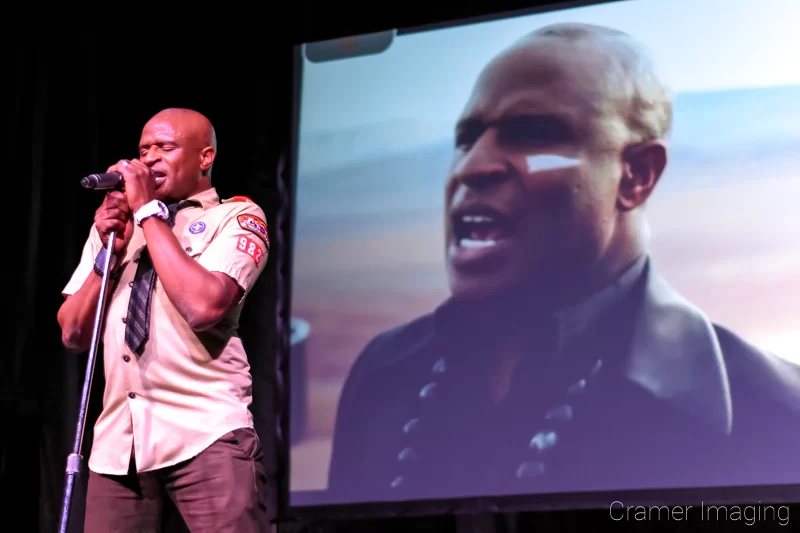
Examples like these are why you would want to shoot in landscape orientation. You see just how much you can include in the photo on the horizontal axis. It’s a lot. There’s a reason why the wide orientation gained the name of landscape in photography circles. Usually, though not always, you can guarantee that you will want a landscape orientation to photograph a landscape scene. My portfolio is full of examples; however, I will limit the samples to these.
In summary, the benefits of shooting in landscape orientation are obvious. You can capture a wider scene in a single frame so much easier.
The Benefits of Portrait Orientation
Sometimes, you will run into a beautiful scene where you want to go in closer. Maybe it’s a scene with a single person and you want to feature him/her in frame. Perhaps the subject is exceptionally tall. There are plenty of different scenarios which would also fit here. The point is that you might want more vertical real estate in the frame. This is when you shoot in portrait orientation.
Examples like these are why you would want to shoot in portrait orientation. You see just how much you can include in the photo on the vertical axis. It’s a lot. Usually, though not always, you can guarantee that you will want a portrait orientation to photograph a taller scene, such as the kind of scene you find with a portrait setting. My portfolio is not-so-full of examples; however, I will show these samples which I do have. Portrait orientation can, indeed, work for landscape photography when applied correctly.
In summary, the benefits of shooting in portrait orientation are obvious. You can capture a taller scene in a single frame so much easier.
Need There Be a Question of Landscape vs. Portrait Orientation?
Really and truly, there are plenty of times when you could shoot your photos in either landscape or portrait orientation. It’s all about how you frame things. Check out these examples of scenes where I shot in landscape and also in portrait orientation. The framing is obviously different, but each pair of photos were taken at the same time on the same day.
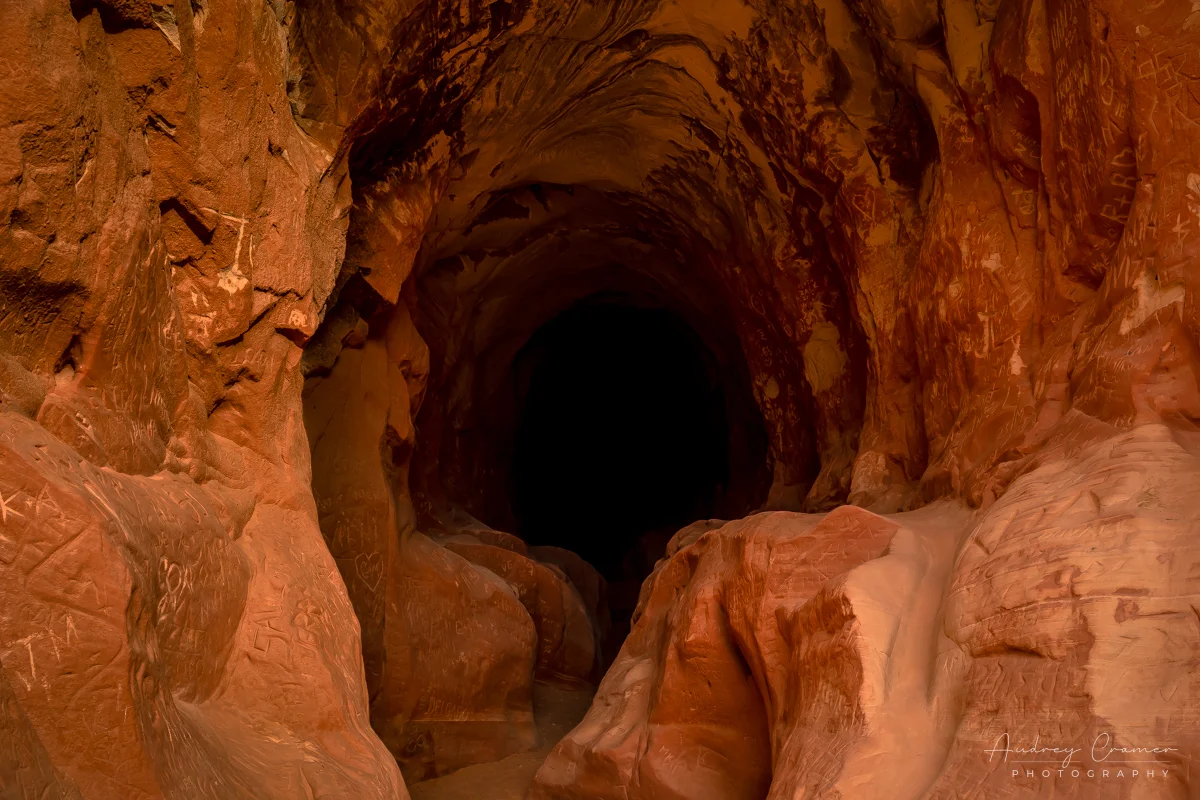
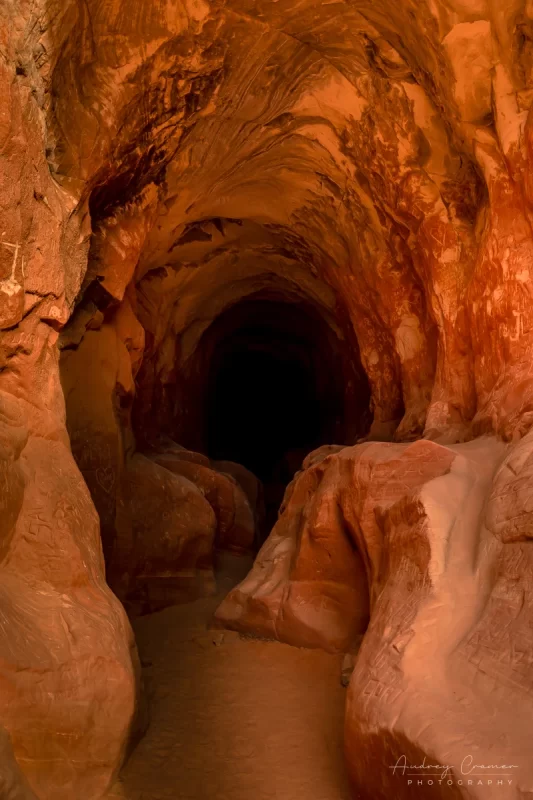

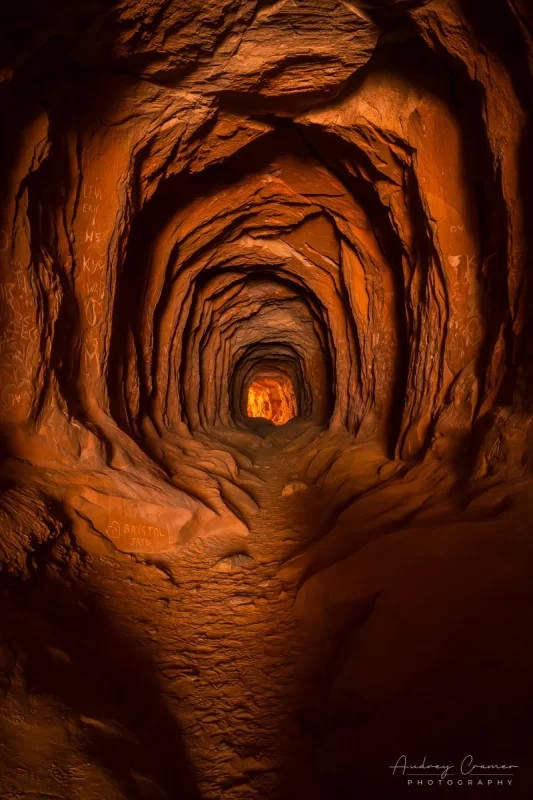
Indeed, there are plenty of settings where you can choose how you want to shoot the scene. You will find this in all different genres of photography. The smart move is to try the scene in both formats just in case 1 option works better than the other. I’ve experienced that plenty of times. In summary, there really need not be a question of landscape vs. portrait orientation.
Choosing Landscape vs. Portrait Orientation
So, when do you choose landscape orientation vs. portrait orientation for your photography? It’s all about personal preference based up the scene in front of you. Each scene and subject matter combination is different, so you should use your best judgement. In fact, it’s easiest to determine landscape vs. portrait orientation for photos by simply framing the scene in the viewfinder or on the live screen.
I chose landscape orientation for this wide scene at Mesa Arch in Canyonlands National Park. With how wide things are on-site, there’s really no other good option to properly capture the scene.
I chose portrait orientation for this scene at Natural Bridge in Bryce Canyon National Park. For this tighter scene, portrait orientation was the way to go.
I have also chosen landscape orientation for the same scene in different conditions and with a different intent. See these examples.
I chose portrait orientation for these trees on the rim in Bryce Canyon National Park. With how tall the trees are, there’s really no other good option to properly capture the tree scenes.


So, when choosing landscape vs. portrait orientation for your camera, sometimes the chosen subject dictates for you. However, other times you will have flexibility to choose. Which will you choose for the given scene in front of you? It’s entirely up to you.
Conclusion
In conclusion, there really isn’t much of a debate regarding landscape vs. portrait orientation in photography circles. It’s a matter of personal preference and what the scene requires to capture the photo you want.
So, now that you know, what do you plan on doing with landscape orientation in your photography? How about portrait orientation? Please share your thoughts and results in the comments section below.

